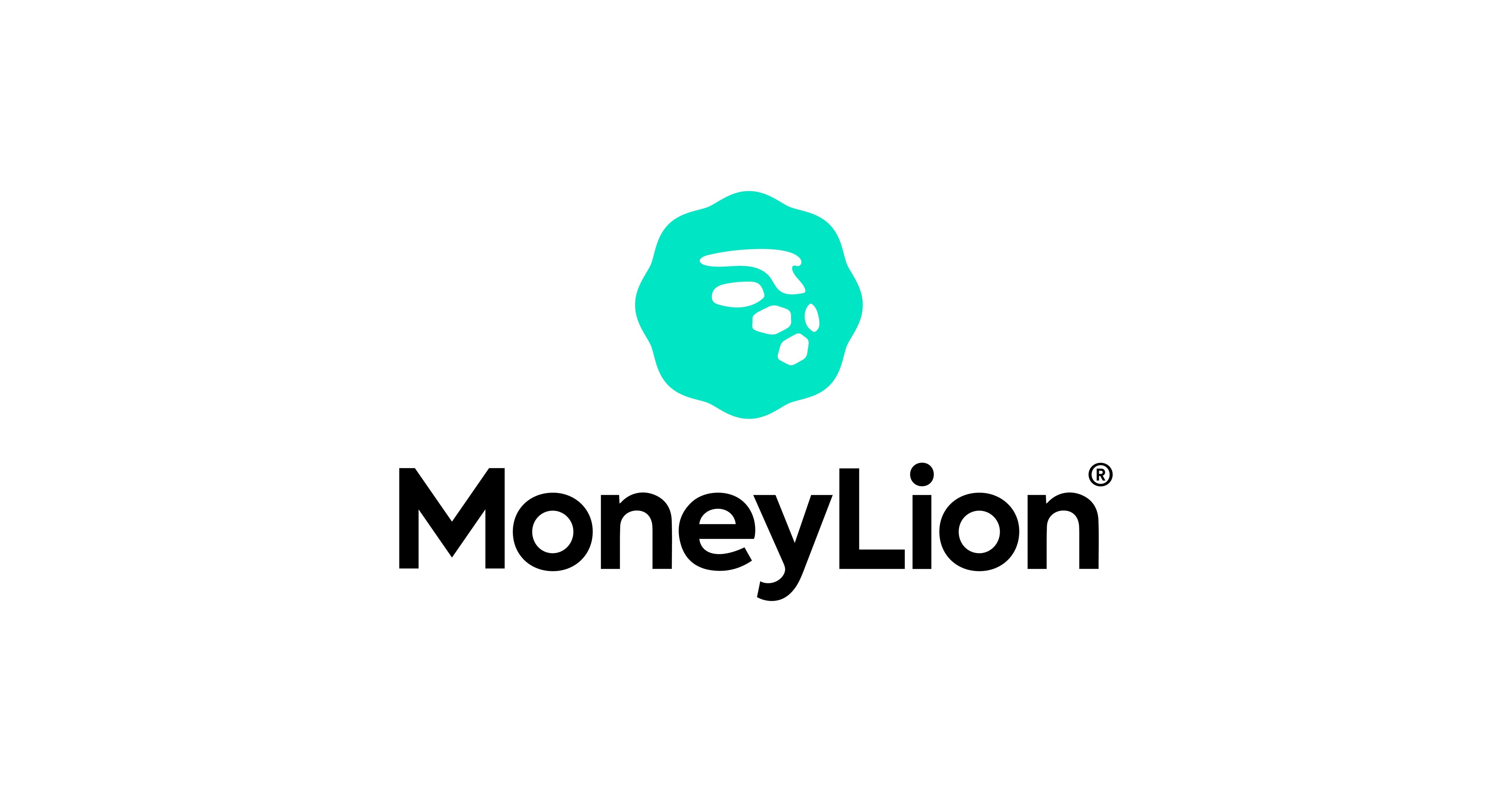
ML
MoneyLion Inc.
$85.9
0.65
(0.76%)
| Exchange: | |
| Market Cap: | 972.397M |
| Shares Outstanding: | 88255 |
About The Company
| Sector: | Technology | |||||
| Industry: | Software – Application | |||||
| CEO: | Diwakar M Choubey | |||||
| Full Time Employees: | 575 | |||||
| Address: |
|
|||||
| Website: | https://www.moneylion.com |
MoneyLion Inc. provides a digital financial platform. The company’s platform offers access to banking, borrowing, and investing solutions for customers. Its principal products include roarmoney premium mobile banking, personalized investing, cryptocurrency, instacash, membership programs, financial tracking tools, online financial education content destination, affiliated marketing programs, unsecured personal loans, and credit-related decision servicing. The company was founded in 2013 and is headquartered in New York, New York.
Click to read more…
Revenue Segmentation
EPS
Earnings Call
Income Statement
(* All numbers are in thousands)
Balance Sheet
(* All numbers are in thousands)
Cash Flow Statement
(* All numbers are in thousands)
Analyst Estimates
(* All numbers are in thousands)



